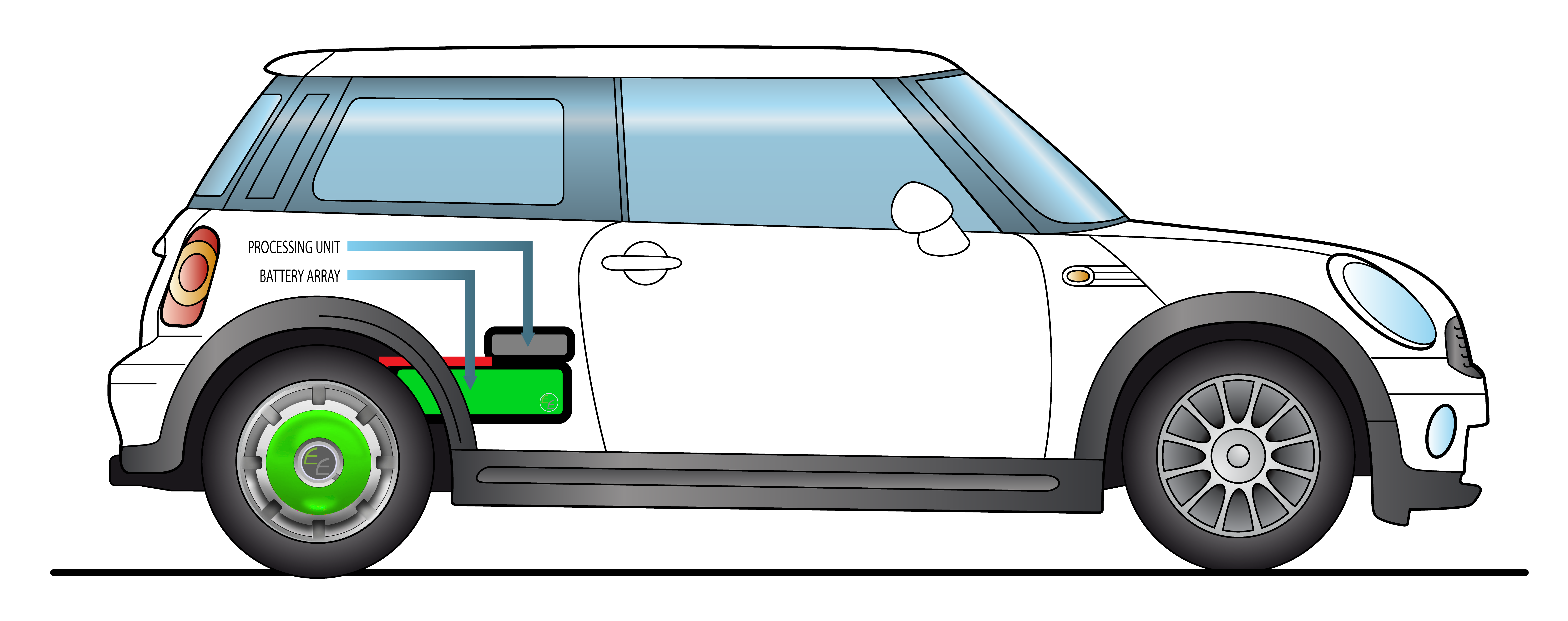When you think of wireless power, your thoughts probably drift to giant Soviet-era towers — maybe the name Tesla comes up. Wirelessly transmitted power has long been the domain of quack science, but recent advances in laser technology may just change that.
We’re not talking about the lackluster wireless induction method either, which you may know from cell phone chargers and other “wirelessly powered” consumer devices. LaserMotive, a Seattle-based company, has designed a system that uses laser to transmit power to robots.
Demonstrating the efficiency of their design, the company managed to keep a helicopter drone aloft for twelve hours. The drone’s onboard batteries could have only sustained flight for twenty minutes, writes The Economist.
The system works by employing photovoltaic cells similar to solar panels, though with certain key differences in their construction. “Conventional photovoltaic cells, made of silicon, are designed to collect energy from sunlight. LaserMotive uses special cells made with arsenic and gallium, which are better able to capture the near-infra-red wavelengths of its laser beam.”
The company got its first big break in 2009 when it collected a $900,000 prize offered by NASA to a team that could construct a climbing robot. The robot had to be powered remotely and be able to quickly ascend a cable. LaserMotive’s robot managed to scale a kilometre of cable employing an array of cells “no larger than a coffee tray.”
NASA’s interest in climbing robots stems from its goals of building a space elevator. A space elevator, as the name implies, “is essentially a long cable extending from our planet’s surface into space with its centre of mass at geostationary Earth orbit (GEO), 35,786 kilometres in altitude. [ . . . ] Current plans call for a base tower approximately 50 kilometres tall — the cable would be tethered to the top. To keep the cable structure from tumbling to Earth, it would be attached to a large counterbalance mass beyond geostationary orbit,” writes NASA Science News.
NASA, and others pursuing the space elevator project, hope that the building of an elevator to space would render the need for rockets and shuttles obsolete. The costs in sending materials and people out to space would be greatly reduced as well, especially fuel costs.
However, LaserMotive has been approached by a number of companies, not all of whom want to get into space. Currently, the United States military is showing the most interest, as it has an expansive drone program. There will no doubt be other technologies using this innovation, and we may even see some make it down to the consumer sphere before long.



